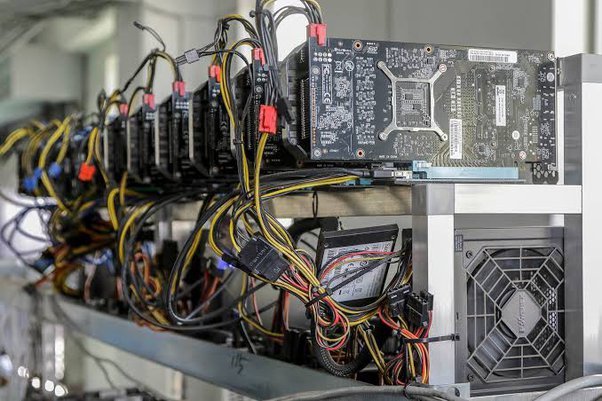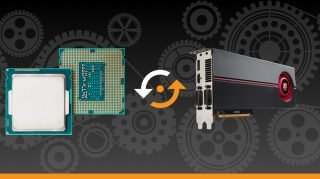In comparison to a year ago, when the profitability was about $20 per $100 spent on AWS services, it has now improved to about $60 or $65 in ETH for the same $100 spent on AWS services. However, you’d still be wasting your time and money. Since since. Please see below for details on two new GPU-enabled EC2 instances that have the potential to completely transform how we do business. It took me some time to benchmark them because they are not the normal p3.2xlarge, g4dn.large, or the newer g5.xlarge instances of some sort of NVIDIA GPU in some type of Intel CPU architecture. The two we’ll be testing today are radically different and require a completely different setup. Because of this, getting a report on them took a little longer than expected.
A spot pricing in one of the US regions shows that g4ad.large is the most cost-effective EC2 instance for ETH mining at the time of this writing. It’s possible to make money with g4ad.large, as the cost of running it can be less than the value of the ETH that is mined. That translates to a healthy profit!
Mining Bitcoins using Amazon Web Services
After considerable investigation, I discovered that having a GPU is no longer sufficient to mine Bitcoins even slightly successfully. ASIC Miner, a specialized piece of hardware, is what I’d require. Buying one can set you back many thousand dollars from a variety of sellers. Dissatisfied with my current plans. It’s over, isn’t it, or is it? There’s no way in hell. Mining various crypto-currencies on GPUs is still possible, although it is not as efficient as it used to be. Ethereum is a good illustration of this. Take a look at it, please.
AWS GPU instances for Ethereum mining
Really, don’t do that. It’s not worth your time. Is anyone else still reading this? Let’s get into the specifics now, shall we? Four items are required before we can begin mining Ethereum:
- A wallet for storing Ethereum payments
- Join a mining pool and utilize the latest mining technology!
- Hardware that is easy to use
- The mining program, the wallet, and the pool for ETH
Our cryptocurrency balance is stored in an Ethereum Wallet, which is similar to a bank account number. If you’re looking for a safe and secure way to store your cryptocurrency, there are a variety of options available. Find out more about Ethereum wallets by clicking here. To be honest, I selected blockchain.org to host my on since it was free. Since this is simply a test, any service that can generate a wallet will do. The Mining Pool is the final component to be installed. If I were mining on my own, I may be sifting over the data for a long time before ultimately breaking a new block.
Certainly, I would receive a substantial payment (usually between 2 and 3 ETH), but it might take a long time and have an unclear outcome. Joining a mining pool is a more efficient and reliable way to earn cryptocurrency through mining. For mining pools, the concept is simple: Many miners work together to achieve a similar objective and the reward is shared amongst all of them according to their effort. The more processing power you offer, the greater your part of the reward (simple arithmetic). A bigger pool, in turn, means that its members are more likely to mine new blocks on a regular basis, as well as more likely to receive and share rewards for doing so. A new block is mined every couple of minutes when working with huge pools of computers.
ethermine.org pool was chosen for my experiments because it is relatively easy to join, does not require registration, and pays out your portion of the profits at a lower threshold than most other pools. As a result, you won’t have to wait long to receive your prizes. The most widely used piece of software at the time appears to be ethminer, which can be found on the GitHub repository. It’s been tried and true. That’ll do for now.






